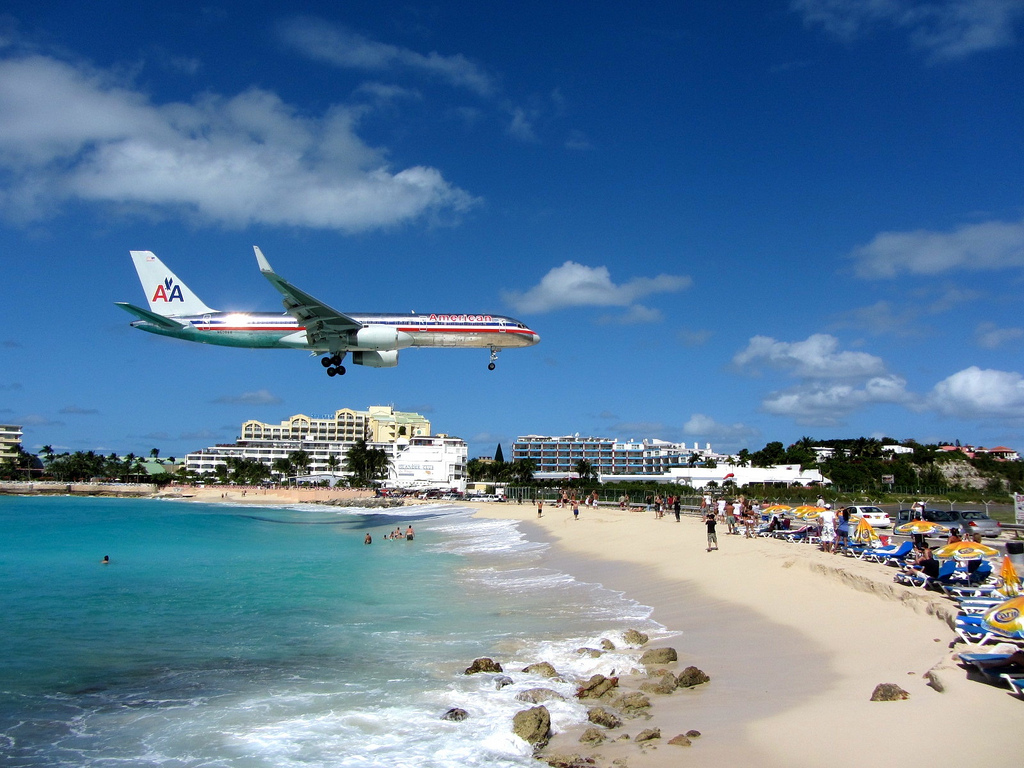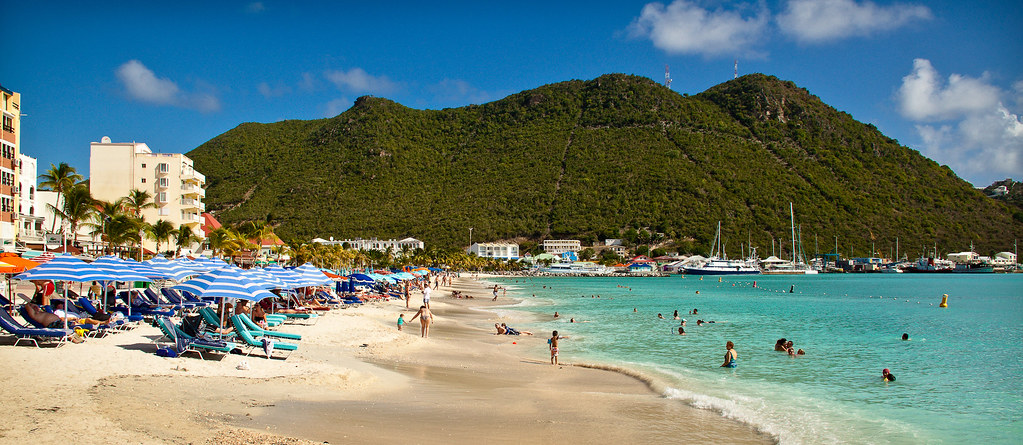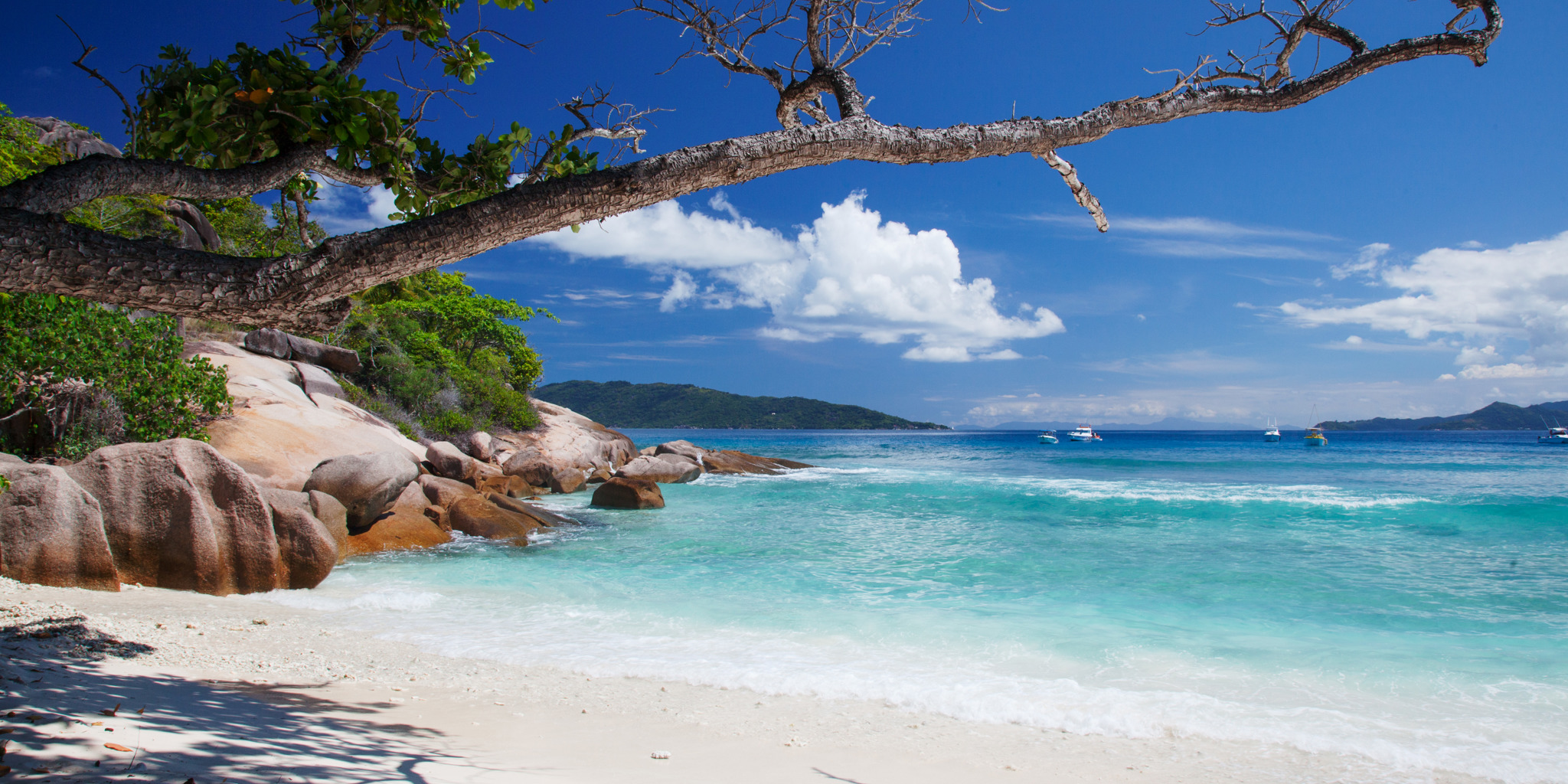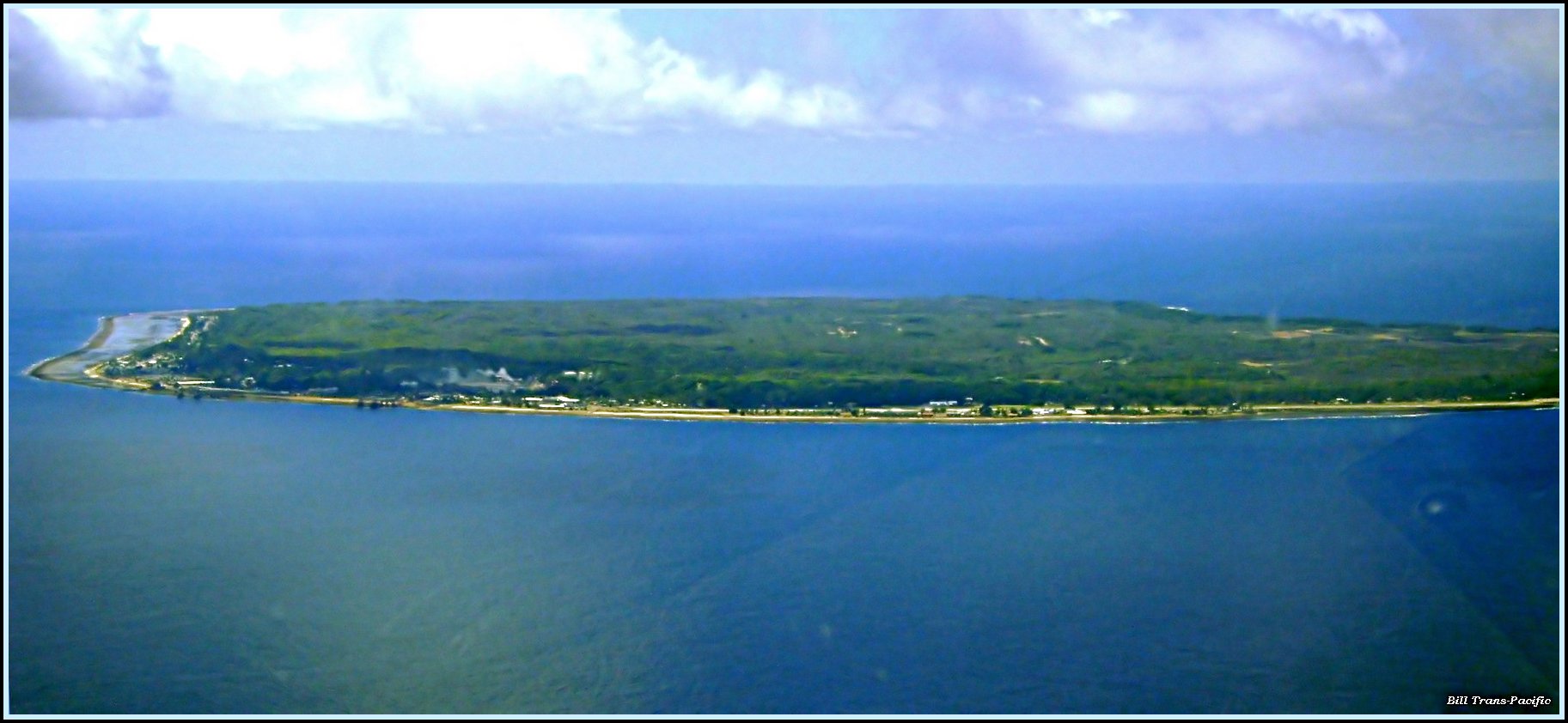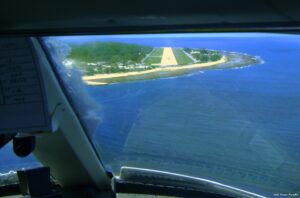St. Martin, a Caribbean treasure, captivates visitors with its stunning coastline and unique dual-nation charm. Divided into the French side (Saint-Martin) and the Dutch side (Sint Maarten), this small island offers diverse cultural experiences paired with some of the most breathtaking beaches in the world. Whether you’re seeking lively beach bars, family-friendly shores, or secluded escapes, St. Martin has it all.
This guide explores the top beaches in St. Martin, highlighting what makes each one special and helping you plan your ultimate tropical getaway.
1. Why St. Martin is a Beach Lover’s Dream
A Unique Dual-Nation Island
St. Martin’s split between French and Dutch governance gives it a distinctive character. On the French side, you’ll find sophisticated, tranquil beaches with a European flair, perfect for relaxation. Meanwhile, the Dutch side is known for its lively energy, vibrant nightlife, and accessible tourist hubs. This cultural blend offers something for every traveler.
Year-Round Warm Weather
With average temperatures ranging from 77°F to 84°F, St. Martin is a year-round destination. The island enjoys warm, sunny days that are perfect for beach activities, whether you visit in the peak winter season or the quieter summer months.
Crystal-Clear Waters and White Sands
St. Martin’s beaches are characterized by powdery white sands and turquoise waters. The clarity of the sea makes it ideal for snorkeling, diving, and simply soaking up the sun while enjoying the picture-perfect views.
2. Top Beaches in St. Martin
St. Martin is home to some of the Caribbean’s most picturesque beaches, each offering unique experiences. From bustling, activity-packed shores to serene, hidden coves, the island’s coastline caters to all preferences. Here’s a closer look at the top beaches you should add to your bucket list.
Orient Bay Beach (French Side)
Known as the “St. Tropez of the Caribbean”
Orient Bay Beach, located on the French side of the island, is a vibrant hotspot often compared to the glamorous beaches of southern France. This expansive, palm-fringed beach is the epitome of indulgence, offering everything from luxurious beach clubs to thrilling watersports.
Features
- Beach Clubs: Exclusive venues such as Bikini Beach and Kakao Beach provide premium lounging, gourmet meals, and tropical cocktails.
- Watersports: Parasailing, jet skiing, and kite surfing are popular activities here, making it ideal for adrenaline seekers.
- Naturist-Friendly Area: Part of the beach is clothing-optional, a nod to the French side’s relaxed cultural norms.
Best For
Watersports enthusiasts and travelers seeking an upscale, lively beach experience.
Tip
Arrive early, especially during peak season, to secure a prime spot at one of the beach clubs. Reservations are often recommended for cabanas and beachfront dining.
Maho Beach (Dutch Side)
Famous for Plane Watching
Maho Beach has achieved iconic status worldwide, thanks to its close proximity to Princess Juliana International Airport. Visitors flock here to experience the adrenaline-pumping spectacle of planes flying so low that it feels like you could reach out and touch them.
Features
- Unique Photo Opportunities: Capture dramatic shots of jumbo jets soaring just above the sand.
- Bars and Restaurants: Sunset Beach Bar, located right on the shore, offers refreshing drinks, live music, and a front-row seat to the aviation action.
- Lively Energy: The beach attracts a mix of thrill-seekers and families, creating a festive atmosphere.
Best For
Thrill-seekers, aviation enthusiasts, and social travelers looking for a unique beach experience.
Tip
Check the airport’s flight schedule to time your visit with the landings of larger aircraft for the most spectacular views.
Mullet Bay Beach (Dutch Side)
A Serene and Scenic Spot
Nestled near a golf course, Mullet Bay Beach is the perfect escape for those seeking tranquility. With its soft white sands, calm turquoise waters, and shady palm trees, this beach offers a quintessential Caribbean experience.
Features
- Family-Friendly Atmosphere: The gentle waves make it safe for swimming, making it ideal for families with children.
- Picnic Spots: Ample shade and grassy areas are perfect for a relaxed meal by the water.
- Local Food Trucks: Enjoy authentic Caribbean snacks like Johnny cakes, grilled seafood, and fresh coconuts from nearby vendors.
Best For
Families, couples, and anyone looking to unwind in a peaceful setting.
Tip
Bring your snorkeling gear, as rentals are limited. Early morning visits offer the calmest waters and fewer crowds.
Anse Marcel (French Side)
A Secluded Bay Surrounded by Lush Hills
Anse Marcel is a hidden gem tucked away in a sheltered cove on the French side. Its quiet, upscale vibe attracts travelers seeking a luxurious yet low-key retreat. Surrounded by verdant hills, the beach feels wonderfully private.
Features
- Seclusion: The cove’s design provides protection from strong winds, ensuring calm waters.
- Snorkeling Opportunities: Explore vibrant coral reefs just a short swim from shore.
- Luxury Amenities: A nearby resort and beachside restaurant offer top-notch service and cuisine.
Best For
Couples, solo travelers, and snorkeling enthusiasts looking for a serene getaway.
Tip
Arrive early to secure a spot before the limited parking fills up. Stay for lunch at the beach restaurant for a gourmet experience with stunning ocean views.
Baie Rouge (French Side)
Red-Hued Sands with Stunning Cliffs
Baie Rouge, named after its unique reddish sands, is one of the most visually striking beaches on the island. Framed by dramatic cliffs and lush greenery, this beach is perfect for those seeking natural beauty and serenity.
Features
- Romantic Ambiance: The secluded vibe and breathtaking scenery make it a favorite for couples.
- Snorkeling Hotspots: The rocky areas around the beach are teeming with marine life.
- Tranquility: Unlike the busier beaches, Baie Rouge offers a peaceful environment for lounging or reading.
Best For
Romantic getaways and travelers seeking a quiet retreat.
Tip
Pack a picnic and drinks, as there are limited facilities nearby. A short walk along the shore reveals hidden coves for extra privacy.
Great Bay Beach (Dutch Side)
A Convenient Cruise Port Destination
Located near the capital city of Philipsburg, Great Bay Beach is bustling with activity and offers the best of urban convenience combined with beachside relaxation.
Features
- Easy Access: Just steps away from the cruise port, it’s a favorite for travelers stopping by for the day.
- Shopping and Dining: The adjacent boardwalk is lined with boutiques, restaurants, and bars.
- Swimming-Friendly Waters: The calm surf is great for a refreshing dip.
Best For
Cruise passengers and visitors who enjoy a lively beach scene with access to amenities.
Tip
Rent a beach chair and umbrella to relax after exploring the shops. Early mornings are less crowded, offering a quieter experience.
3. Activities and Attractions at St. Martin Beaches
Snorkeling and Diving
The waters around St. Martin are a snorkeler’s paradise, offering coral reefs, tropical fish, and underwater caves.
- Top Spots: Anse Marcel and Baie Rouge are excellent for spotting marine life, while deeper dives around the island reveal shipwrecks and vibrant coral formations.
Water Sports
Adventurous travelers can choose from a variety of watersports.
- Parasailing and Jet Skiing: Available at Orient Bay for adrenaline-pumping fun.
- Paddleboarding and Kayaking: Enjoy calmer beaches like Mullet Bay for these activities.
Beach Bars and Dining
St. Martin is famous for its beachside culinary culture.
- Don’t Miss: Sunset Beach Bar at Maho Beach for a cocktail with a view of incoming planes.
- French Cuisine: Indulge in gourmet dining at Orient Bay’s beachfront restaurants.
Beach Walks and Scenic Views
St. Martin’s beaches are ideal for leisurely walks and breathtaking views.
- Great Spots: The boardwalk at Great Bay Beach offers a mix of ocean vistas and urban charm, while Happy Bay provides unspoiled landscapes perfect for sunrise or sunset strolls.
4. Tips for Visiting St. Martin Beaches
Best Time to Visit
The ideal time to visit is between December and April, when the weather is dry and temperatures are mild. For fewer crowds, consider traveling during the shoulder seasons of May and November.
Packing Essentials
- Reef-safe sunscreen.
- Comfortable swimwear and water shoes.
- Snorkeling gear for exploring underwater treasures.
- Reusable water bottles to stay hydrated.
Local Etiquette
The French side is known for its relaxed, naturist-friendly vibe, while the Dutch side is livelier and more commercial. Respect local customs and the environment by cleaning up after yourself and following posted guidelines.
Transportation
Renting a car is the easiest way to explore both sides of the island. Taxis are also available but can be costly for longer trips.
5. Hidden Gems and Off-the-Beaten-Path Beaches
Happy Bay (French Side)
Accessible via a short hike, Happy Bay is a secluded paradise with crystal-clear waters and soft sands. It’s perfect for couples or nature enthusiasts seeking tranquility.
Cupecoy Beach (Dutch Side)
Dramatic limestone cliffs and golden sands define Cupecoy Beach. This hidden gem offers a peaceful escape and some of the island’s best sunset views.
Petite Plage (French Side)
This small beach near Grand Case is ideal for families, thanks to its calm waters and proximity to excellent dining options.
Frequently Asked Questions (FAQs)
What is the best beach in St. Martin for families?
Mullet Bay Beach and Anse Marcel are great for families due to their calm waters and amenities.
Which beaches are naturist-friendly?
Orient Bay Beach on the French side has designated areas for naturists.
Are there any free-access beaches in St. Martin?
Yes, all beaches in St. Martin are free to access, though some charge for chairs and umbrellas.
Can I visit beaches on both the French and Dutch sides in one day?
Absolutely. The island’s small size makes it easy to explore both sides in a single day.
What are the best beaches for snorkeling in St. Martin?
Anse Marcel, Baie Rouge, and Happy Bay are top choices for snorkeling enthusiasts.
Conclusion: Explore St. Martin’s Beach Bliss
St. Martin’s beaches offer something for everyone, from lively hubs with water sports to hidden coves perfect for quiet escapes. Whether you’re traveling with family, seeking romance, or craving adventure, this Caribbean gem promises unforgettable memories. Pack your beach bag and discover why St. Martin’s beaches are truly unforgettable!


